Do You Glue or Nail Hardwood Floors?
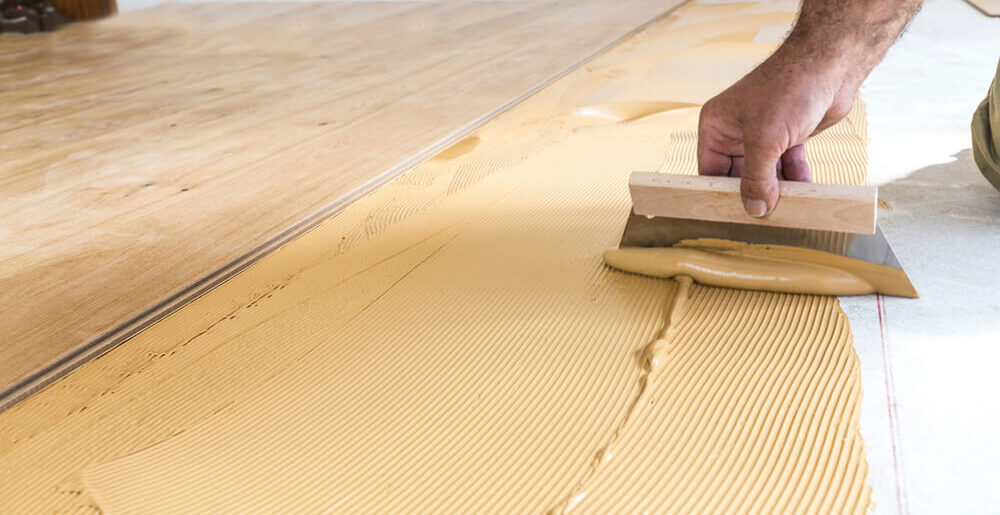
Installing hardwood floors is a major investment for any homeowner. The decision to glue or nail hardwood floors is crucial to the longevity and durability of your flooring. As flooring experts with years of experience, we have seen many people struggle with this decision. We help them make the best decision and ensure that your hardwood floors are installed the first time correctly.
Gluing or nailing down hardwood floors depends on the type of subfloor and the type of wood flooring. Nailing is the traditional method perfect for solid hardwood and plywood subfloors. Whereas, Gluing is best for engineered hardwood and concrete subfloors.
You’ve come to the right place if you’re wondering whether you should glue or nail down your hardwood floors. This blog post provides a detailed and in-depth look at both methods, their advantages and disadvantages, and which method is best for your project.
Let’s dive in to get all the helpful information,
Nailing Hardwood Floors?
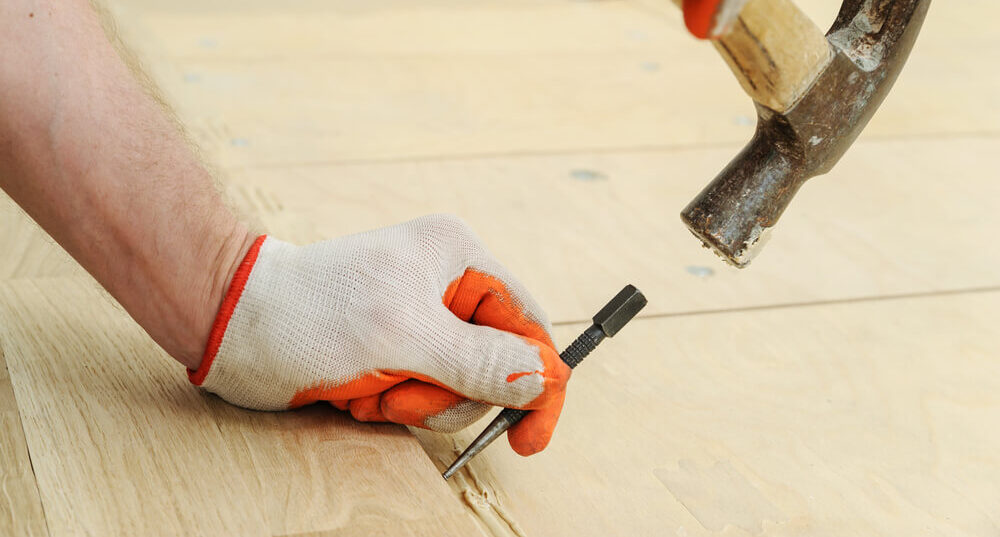
Nailing hardwood floors is a traditional method of installation. This involves attaching the floorboards to the subfloor with nails or staples. Nailing is best for solid hardwood floors, typically thicker and more stable than engineered floors.
How to Nail Hardwood Floors: Step-by-Step Guide
Follow the step-by-step guide to nail hardwood floors without any stability problems:
- Prepare the subfloor by removing any debris, sanding down any rough areas, and ensuring its smoothness.
- Lay down a layer of underlayment paper or vapor barrier to protect the subfloor from moisture.
- Start from one end of the room. Lay down the first row of floorboards with the tongue facing outwards.
- Use a pneumatic flooring nailer to nail the boards to the subfloor. Make sure to place nails at an angle through the tongue of the board.
- Continue laying down boards row by row. Leave a small gap between each board for expansion. You can also lay hardwood floors differently in different rooms.
- When you reach the final row, measure the room’s width and cut the last board to fit.
- Install the final row by gluing and nailing it to the second to last row.
- Install baseboards or trim to cover the gaps around the room’s edges.
Advantages of Nailing Hardwood Floors
1. Durability
Nails firmly attach the floorboards to the subfloor. This makes nailed hardwood floors more secure and less likely to shift or buckle over time.
2. Affordability

Nailing hardwood floors requires fewer materials and less labor. Therefore, it is less expensive compared to other installation methods.
3. Flexibility [h4]
Nailing allows for easier removal and replacement of individual boards. This is particularly helpful in high-traffic areas or cases of damage. Additionally, easily switching out boards allows more flexibility in design and customization options.
Disadvantages of Nailing Hardwood Floors
1. Noise [h4]
Nailing hardwood floors can be noisy and disruptive, as the hammering sound can travel throughout the house. This can be a concern in residential and commercial areas.
2. Limited Application
Nailing hardwood floors is unsuitable for all subfloors, such as concrete or radiant heat systems. It can be more challenging in areas with limited space or obstacles. This limits its Application in certain types of buildings or structures.
3. Time-consuming
Nailing requires individual boards to be secured one at a time, which can be slow and labor-intensive. Precision and accuracy in nailing increase the time and effort required. This makes it a less efficient option compared to other installation methods, such as floating or glue-down.
Gluing Hardwood Floors
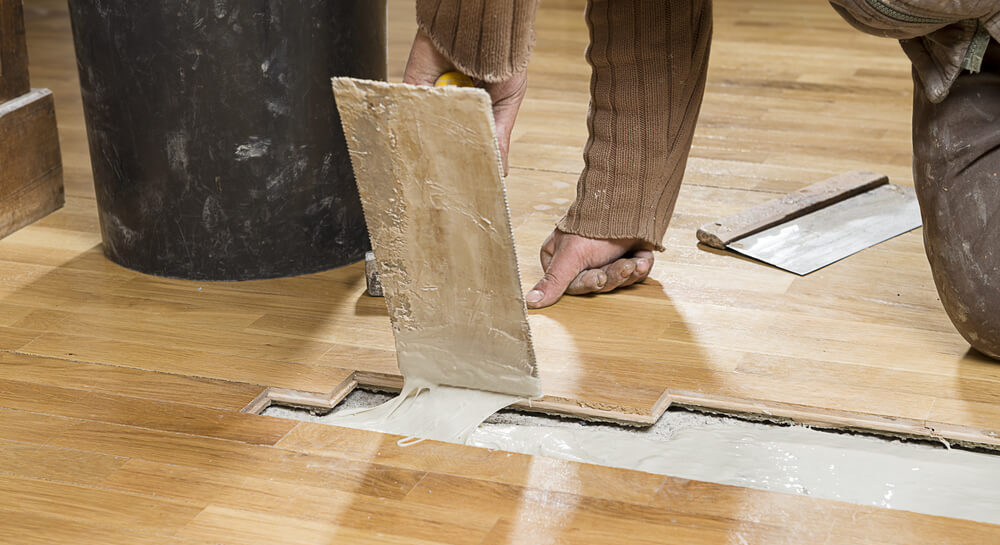
Gluing hardwood floors is a modern method of installation. This involves attaching the floorboards to the subfloor with adhesive. Gluing is best for engineered hardwood floors, which are typically thinner and more flexible than solid hardwood floors. This method prevents annoying wood floor vibration.
How to Glue Hardwood Floors? Step-by-Step Guide
Follow the complete following guide to glue hardwood to concrete or any other subfloor:
- Prepare the subfloor by removing debris, sanding down rough areas, and ensuring it is level.
- Lay down a layer of underlayment paper or vapor barrier to protect the subfloor from moisture.
- Starting at one end of the room, lay down the first row of floorboards with the tongue facing outwards.
- Apply adhesive to the subfloor using a trowel or adhesive applicator.
- Press the first row of boards into the adhesive. Make sure to leave a small gap between each board for expansion.
- Continue laying down boards row by row, applying adhesive as you go.
- When you reach the final row, measure the room’s width and cut the last board to fit.
- Install the final row by gluing and clamping it to the second to last row.
- Allow the adhesive to dry according to the manufacturer’s instructions before walking or placing furniture on the floor. Proper gluing helps in easy wooden floor removal and reuse.
Advantages of Gluing Hardwood Floors
1. Stability
Gluing hardwood floors create a strong and secure bond between the boards and subfloor. This prevents the movement or shifting of the floor over time. Gluing provides more durable and long-lasting installation, particularly in areas with high foot traffic or moisture levels where stability is particularly important.
2. Noise Reduction

Gluing hardwood floors produces less noise than nailing, as no hammering is involved. The tight bond between the boards and subfloor created by the adhesive helps to minimize creaking and squeaking noises that can develop over time in nailed or floating installations.
3. Versatility
Gluing can be used on various subfloor materials, including concrete, plywood, radiant heat system, and even existing flooring in some cases. Gluing makes it easier to create intricate patterns or custom designs.
Disadvantages of Gluing Hardwood Floors
Given below are some glue down hardwood floors problems;
1. Cost [h4]
The initial cost of adhesive and installation is higher than other methods, such as nailing or floating. This cost varies depending on the quality and type of adhesive used, with some high-performance adhesives costing significantly more than basic options. Removing glued-down wooden boards can be more challenging and time-consuming, resulting in increased future repairs or replacement costs.
2. Difficult Repairs
The strong bond created by the adhesive makes it challenging to remove and replace individual boards if they become damaged or worn over time. This requires specialized tools and expertise, potentially adding to the repair cost and time required. The adhesive residue left behind after removal requires additional preparation or refinishing of hardwood floors before installing new boards.
Factors to Consider When Choosing Between Nailing and Gluing Hardwood Floors
When deciding between nailing and gluing hardwood floors, there are several factors to consider:
1. Type of Hardwood Flooring
Gluing is the better option for thinner or more delicate hardwoods, such as engineered or thinner solid wood. Nailing can cause splitting or damage to these types of hardwoods. A strong adhesive bond helps to ensure stability and prevent movement.
Nailing is the better option for thicker and more durable hardwoods, such as solid hardwoods with a thickness of 3/4 inch or more. The thick boards can withstand the force of the nail and the subfloor. Nailing can provide a secure and stable installation.
2. Subfloor
The type and condition of the subfloor are considered before finalizing the hardwood floor installation method. For concrete subfloors, gluing is the best option. However, a moisture barrier may be applied to prevent moisture from affecting the adhesive.
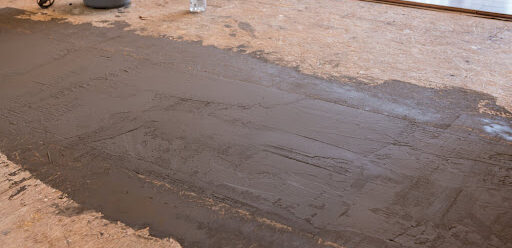
For wood subfloors, both gluing and nailing can be used, depending on the thickness and stability of the subfloor. Gluing is preferred to prevent movement and instability if the subfloor is thin or uneven. A thicker and more stable subfloor may withstand the force of nailing. Also consider, if underlayment is necessary for hardwood floors or not.
3. Room Layout
The layout of the room can influence the choice of installation method. For rooms with irregular shapes or angles, gluing is used. Because it allows for more flexibility in positioning the hardwood boards. This can also help to prevent gaps or inconsistencies in the flooring.
Nailing provides a secure and stable installation for rooms with a more standard layout. However, care should be taken to ensure the boards are properly aligned and spaced to prevent movement or gaps. Besides these, the level of foot traffic in the room should also be considered when choosing between gluing or nailing.
4. Installation Speed
Installation speed is important when choosing between gluing or nailing hardwood floors.
In nailing, boards are quickly secured to the subfloor. Therefore, it is a faster installation method.
On the other hand, Gluing is a slower installation method because the adhesive needs time to dry and cure. However, gluing can provide a more secure and stable installation, particularly for thinner or more delicate hardwoods.
The size of the installation area should also be considered when choosing between gluing or nailing. For larger areas, nailing may be a faster and more efficient option, while gluing may provide a more precise and secure installation for smaller areas.
Which Method is Best: Nailing Vs. Gluing Hardwood Floors
The choice between nailing and gluing hardwood floors ultimately depends on your project’s personal preferences and requirements. Nailing is the best option if you have solid hardwood flooring and a plywood subfloor. Gluing is the preferred option if you have engineered hardwood flooring and a concrete subfloor. It is best to analyze your floors deeply before finalizing the installation method.
FAQs

Does 4 Inch Oak Flooring Need To Be Glued?
4-inch oak flooring must be glued down or not, depending on several factors, such as the subfloor’s condition, the specific type of oak flooring being used, and the installation method preferred by the installer.
If the subfloor is in good condition and has enough space between the floor joists, then nailing is a common installation method for 4-inch oak flooring. However, gluing is a better option to ensure a stable and secure installation if the subfloor is uneven or if the flooring is particularly thin.
Can You Glue Down 3/4 Inch Hardwood Flooring?
Yes, 3/4 inch hardwood flooring can be glued to a subfloor using the appropriate adhesive. Gluing is a common installation method for thicker flooring because it provides a more secure and stable installation. It is important to use a high-quality adhesive for thick floors. The subfloor should be clean, dry, and level before applying the adhesive to ensure a proper bond between the flooring and the subfloor.
Do You Need To Glue Tongue And Groove Flooring?
Tongue and groove flooring refers to planks with a tongue on one side and a groove on the other. This allows them to fit together tightly and securely. Whether to glue them or not depends on several factors, such as the specific type of flooring, the condition of the subfloor, and the installation method preferred by the installer.
If the subfloor is uneven or the flooring is installed in a high-traffic area, then gluing the tongue and groove flooring is recommended. However, opposite to them, nailing or stapling the planks may be sufficient to hold them in place without the need for glue.
Do You Glue The Joints On Engineered Flooring?
Gluing the joints on engineered flooring is an option that may be considered. But it is not always necessary. Engineered flooring typically has a click-lock or tongue-and-groove system that locks the planks together during installation.
If the subfloor is level and the flooring is installed in a low-moisture area, it is possible to install the flooring without gluing the joints. However, if the subfloor is uneven or the flooring is installed in a high-moisture area. Then Gluing the joints is recommended to prevent movement or shifting of the planks over time.
Can you glue solid hardwood and nail engineered hardwood floors ?
Yes, It is possible to glue solid hardwood floors. But it is not the recommended method as removing and repairing the boards can be difficult if necessary. Similarly, you can nail-engineered hardwood floors. But it is not the best method because it can cause splitting or cracking in the boards.
How long does it take for hardwood floor adhesive to dry?
The drying time for hardwood floor adhesive varies depending on the product and conditions. Following the manufacturer’s instructions for drying time before walking or placing furniture on the floor is important.
Conclusion
When it comes to installing hardwood floors, there are two main methods: nailing and gluing. Nailing is the more traditional method and perfectly suits solid hardwood floors and plywood subfloors. In contrast, gluing is best for engineered hardwood floors and concrete subfloors. Each method has its pros and cons. The choice ultimately depends on the specific circumstances of the project. We hope you must have learned every detail about these methods. However, if you still have any questions, leave us in the comment section. Our experts will be happy to assist you further.


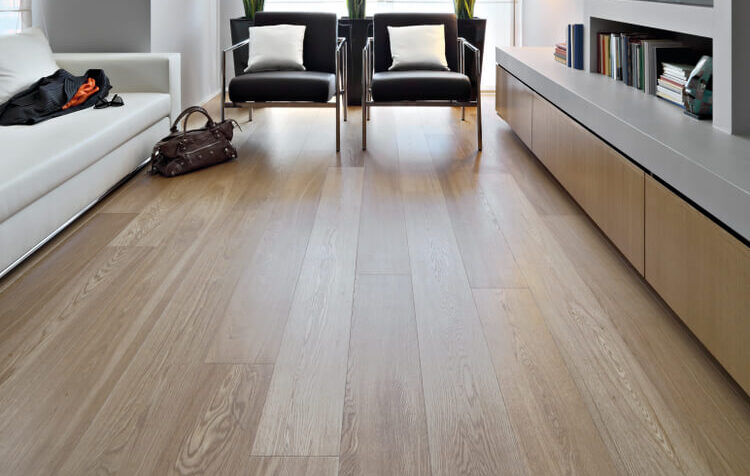
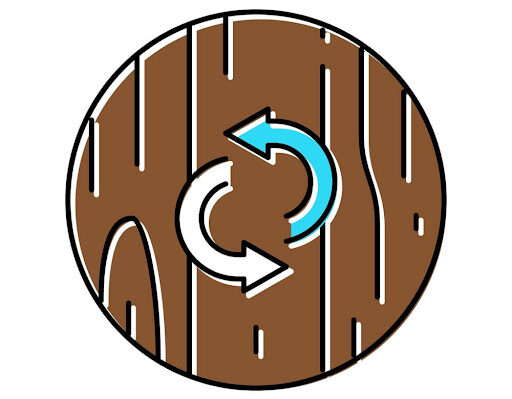
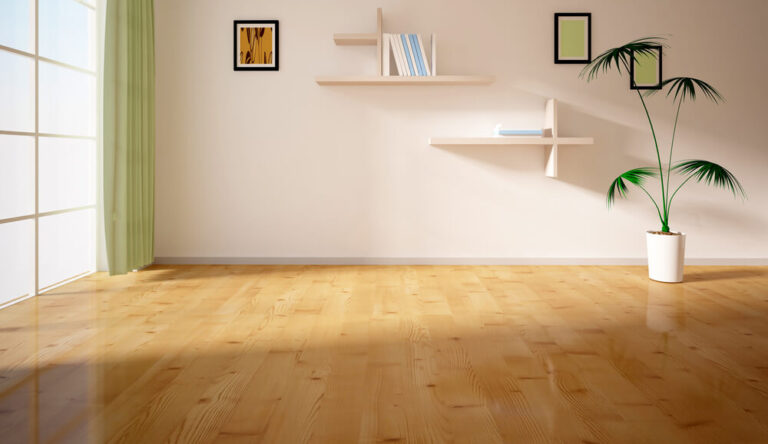
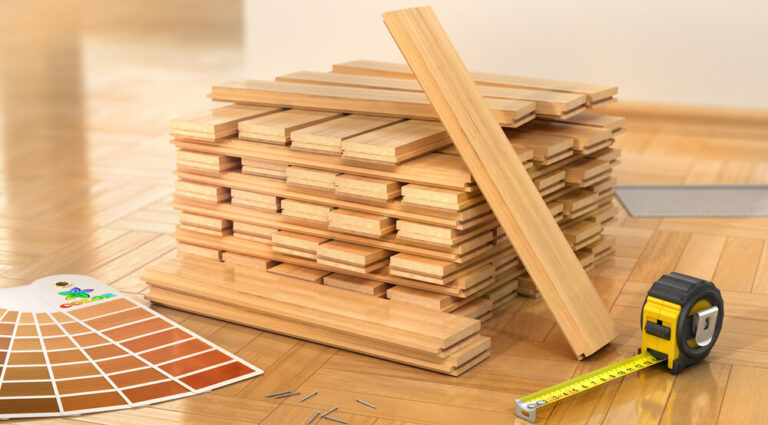
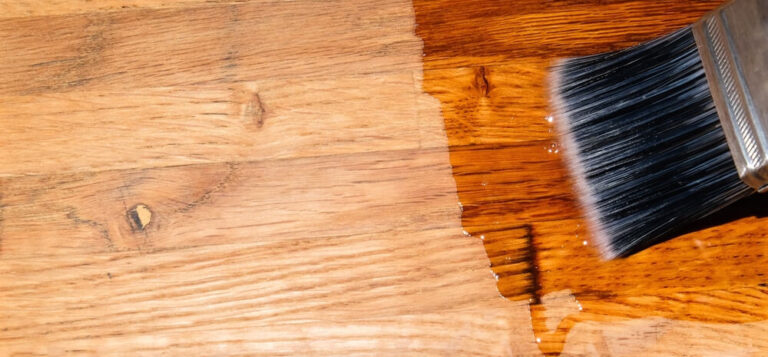

7 Comments